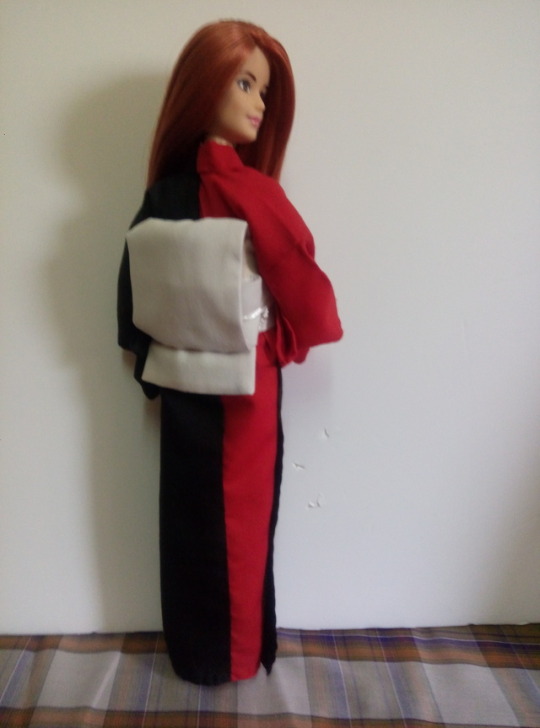#katamigawari
Explore tagged Tumblr posts
Text


Polished black and white for this outfit, pairing a beautiful katamigawari (patchwork) style kimono, and a bone-chilling nozarashi (weather-beaten skulls) obi
766 notes
·
View notes
Photo

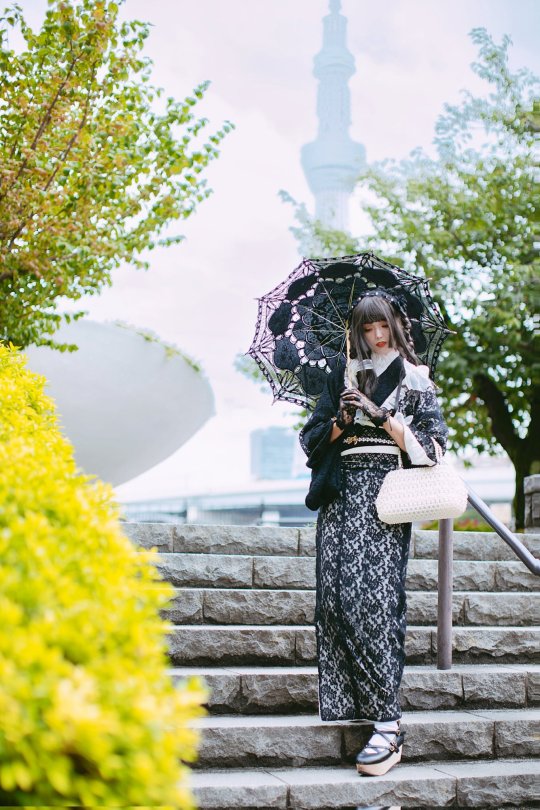

たちばな
23 notes
·
View notes
Photo




Dousuru Ieyasu’s Twitter account released some Oichi teasers so I did a little article hunting (since I can’t find the stream for this episode to look at).
“Tomboy” Oichi is something that I see very often in manga, but I think this is the first time I’m seeing it in live action. She’s even wearing the two-coloured kimono that Nobunaga often wears in dramas (katamigawari kimono, it’s a real fashion that already existed since the late Kamakura period).
The actress commented that her role feels more like “Nobunaga’s younger brother” than a younger sister. I think the writers created this in reference to this widespread legend where Nobuanaga said that if Oichi had been a man, she would've been a great warrior. I wonder if that will change, because I’ve seen some stories make her lose that “tomboyness” after getting married.
A rather unique take here is that when Nobunaga and Ieyasu* was forming their alliance after Okehazama, Nobunaga proposed that Ieyasu marry Oichi. However, Oichi refused, despite apparently harbouring feelings for Ieyasu. Apparently in this scenario, they had became close at the time when young Ieyasu was snatched up by the Oda.
I’ve seen unusual romances pop up in novels or manga (Ieyasu being in love with Oichi happened in the Nobunaga Concerto manga), but I don’t know if NHK Taiga dramas ever did this before. NHK is being really daring with this. I applaud them for trying, though, haha. I always welcome new takes.
*) Ieyasu still goes by Motoyasu at this point, but supposedly he will become “Ieyasu” only a few months after he allied with Nobunaga.
17 notes
·
View notes
Text
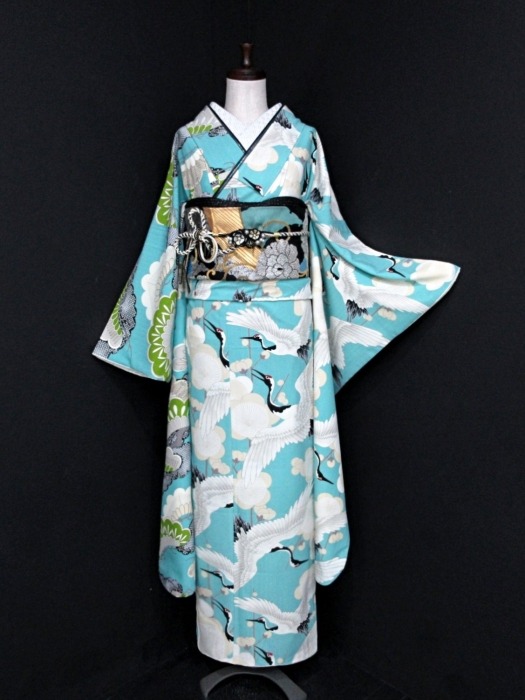
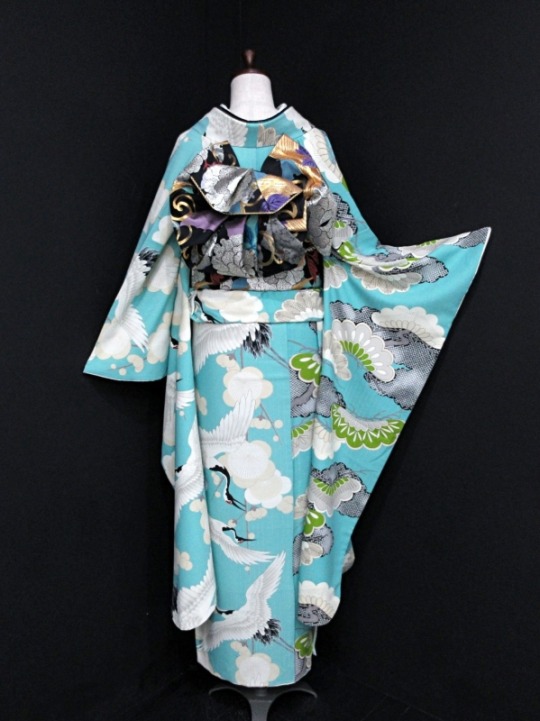
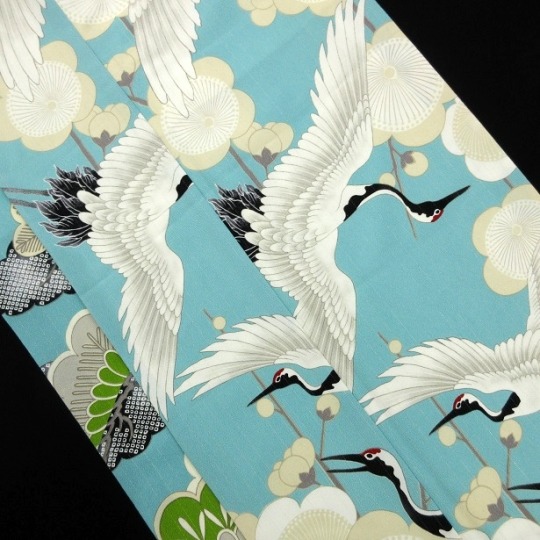
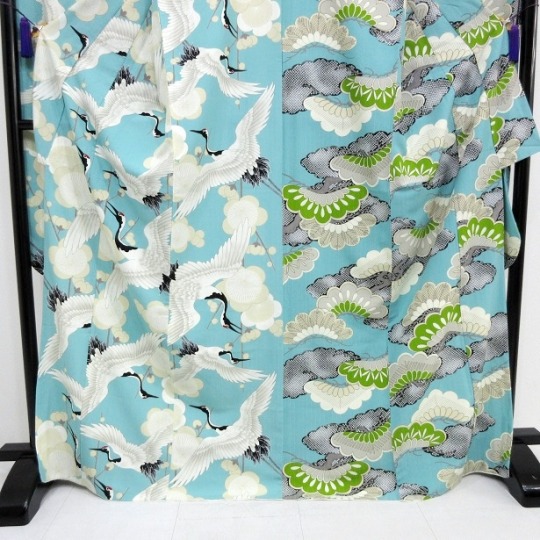
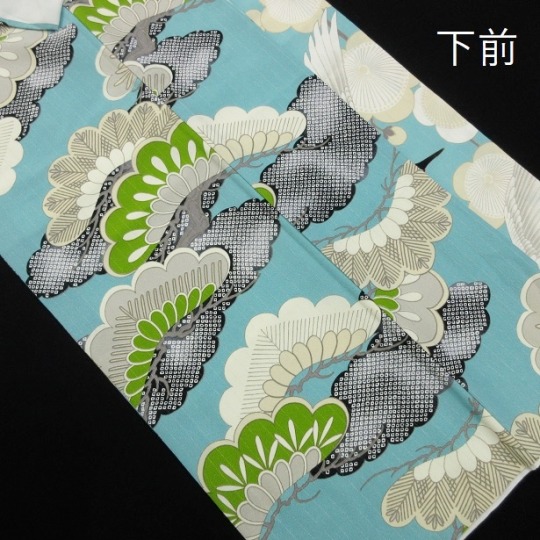
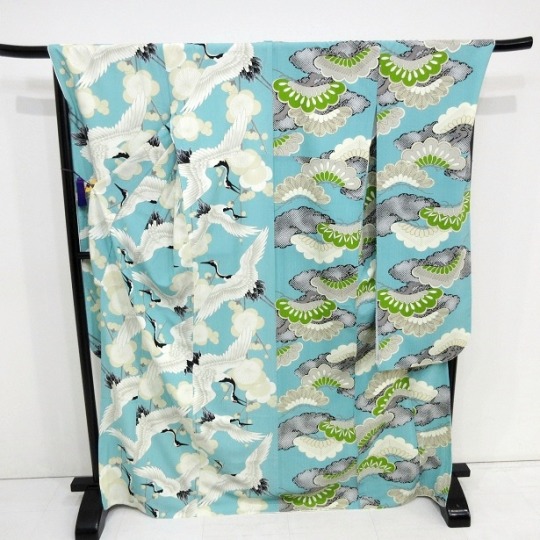
Fun retro-modern furisode mixing auspicious cranes and pine, in katamigawari style patterns placement.
In old Japan, katamigawari was a way to recycle fabrics and make new clothes when you didn’t have the full tanmono (kimono fabric roll) required. It became a true fashion statement in Late Azuchi Momoyama/early Edo periods.
(pictures: 1 / 2 )
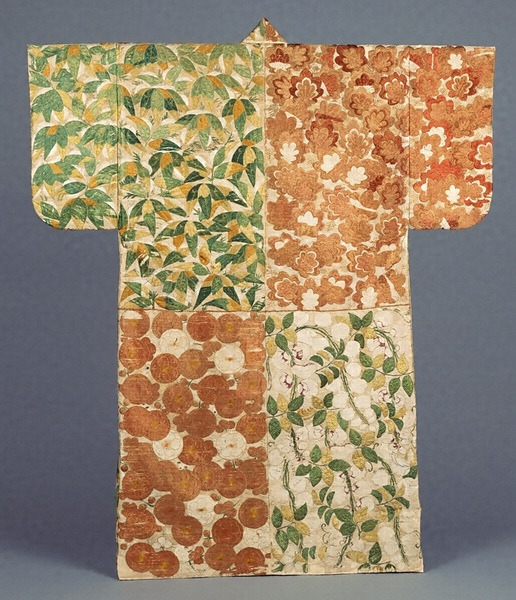
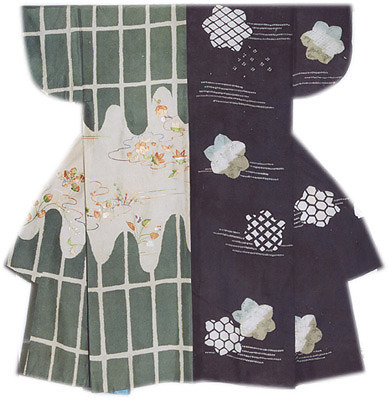
370 notes
·
View notes
Note
Could a haori be used as a top part of a two-piece kimono or it is made so different that it wouldn't work? I was planning to buy a haori to turn it into the top part and use some fabric to make the skirt of the kimono, but I want to make sure first hahaha
[my askbox is clear, if you didn't hear from me Tumblr might have eaten your ask away, don't hesitate to send it back ;)]
Hi! To be honest, I’d advise not going that way ^^; Kimono and haori might look the same, but are in fact tailored differently.
A haori will not sit right if you try closing it crossed like a kimono for example (their fronts lack okumi front panels to wrap around your body). Haori collars are also pretty different (much narrower and always sewn folded), as are their sides (which have gussets inserts).
You can check how different kimono/haori are below (pic source):

Another argument against your plan is the difference between top vs bottom fabrics. Part of the kimono look is the “unity” going on the whole garment vertically. Even patchwork like kimono keeps that idea going, see katamigawari like this or this (I am not touching boro style clothing though).
If the 2 parts is for easy dressing, your best shot would in fact be to buy a kimono and cut it in a top + a skirt. You'd also be able to lenghten a too short kimono that way by adding fabric on skirt part which would be hidden by the top one when dressed.
Otherwise, you can find online sewing tutorial as to make your own kimono :) Process is quite accessible the hardest part to figure being the collar area. I’ve not tried it yet, but Billy’s step by step is super detailed:
youtube
As for haori tailoring this video seems pretty nice too:
youtube
#ask#japan#fashion#kimono#haori#tailoring#kimono tailoring#sewing#sewing kimono#sewing haori#haori tailoring#kitsuke#two part kimono#katamigawari#patchwork#diy#billy matsunaga#着物#羽織
211 notes
·
View notes
Photo
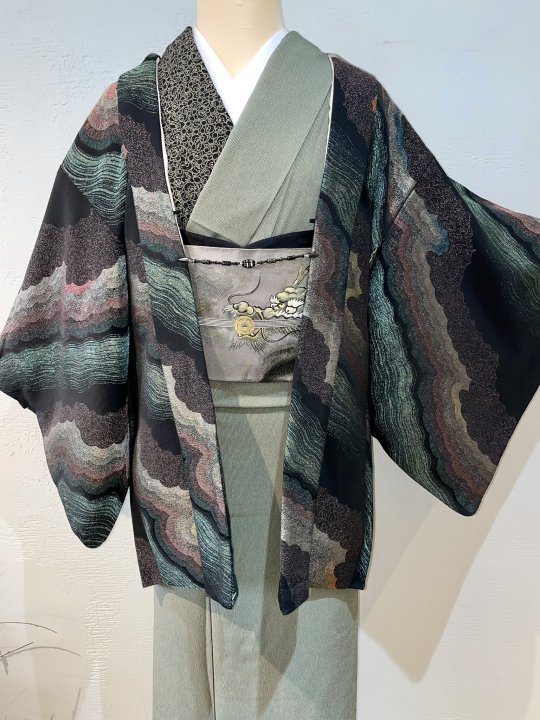
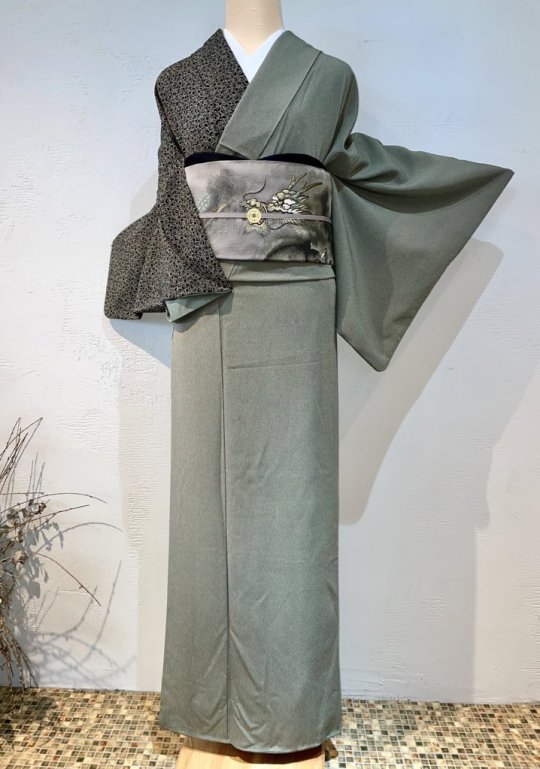
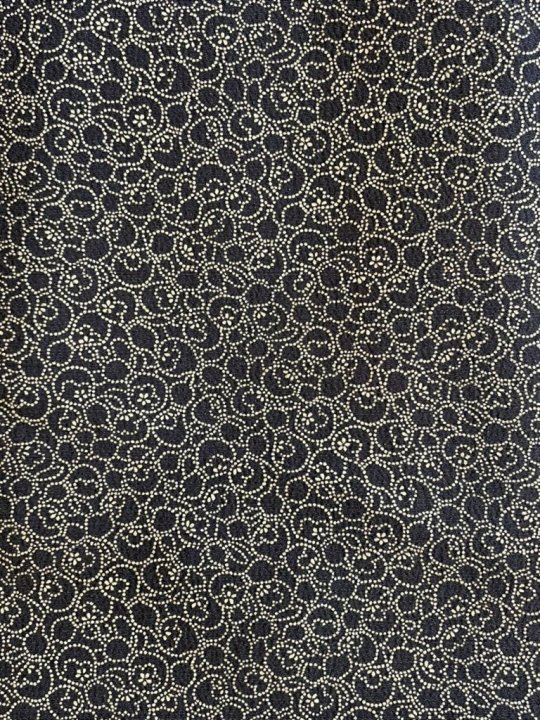


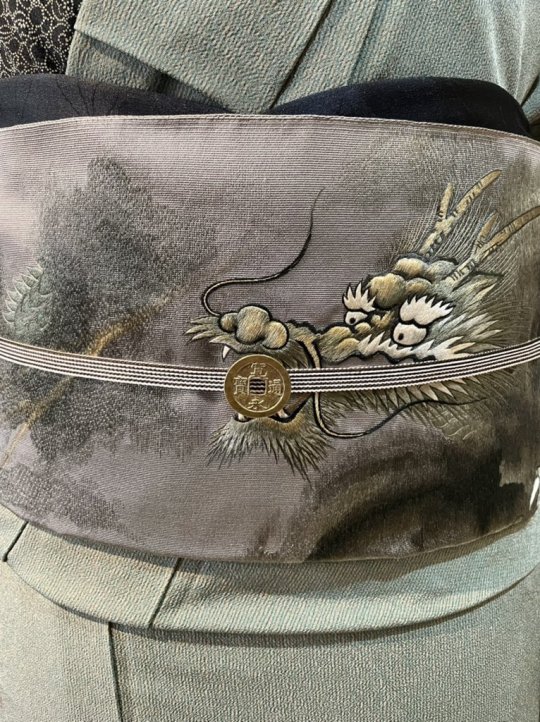
Rolling thunder skies feeling for this chic kimono outfit, featuring a katamigawari (patchwork style) kimono with an intricate hyotan* (bottle gourd) motif on one side, paired with a dragon in the clouds antique obi (I love how the dragon is set as to hold the coin shaped obidome in its mouth!). The glorious haori vest with cloud like pattern is made with glittering urushi (lacquered/metallic threads).
*Bottle gourd is a lucky motif with a lot of meanings. Many word plays refer to it, as do a famous zen charade (catching a catfish with a gourd). Symbolism with roots from China also links it to Taoism and other auspicious beliefs.
#japan#fashion#obi#kimono#haori#katamigawari#patchwork#hyotan#bottle gourd#dragon#ryuu#cloud#kumo#urushi#lacquered threads#着物#帯
344 notes
·
View notes
Photo
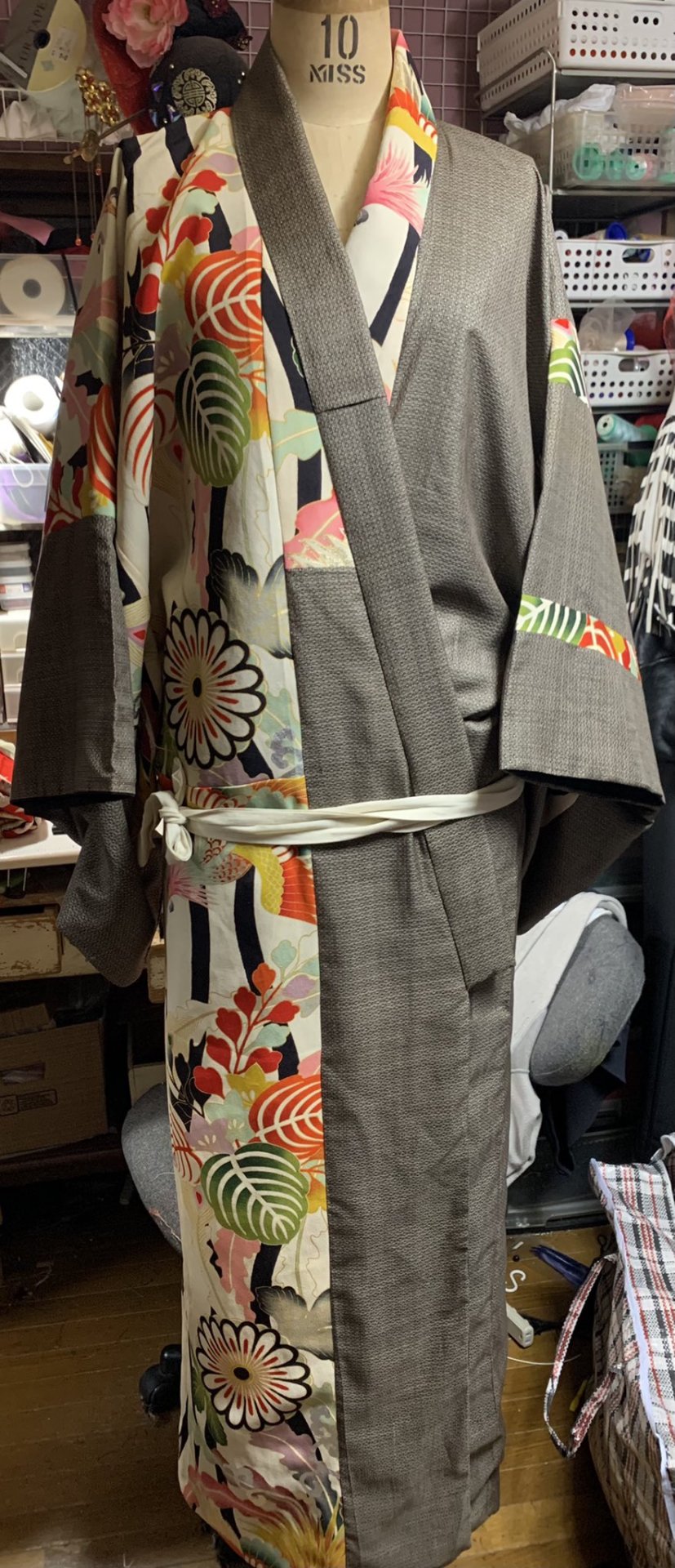
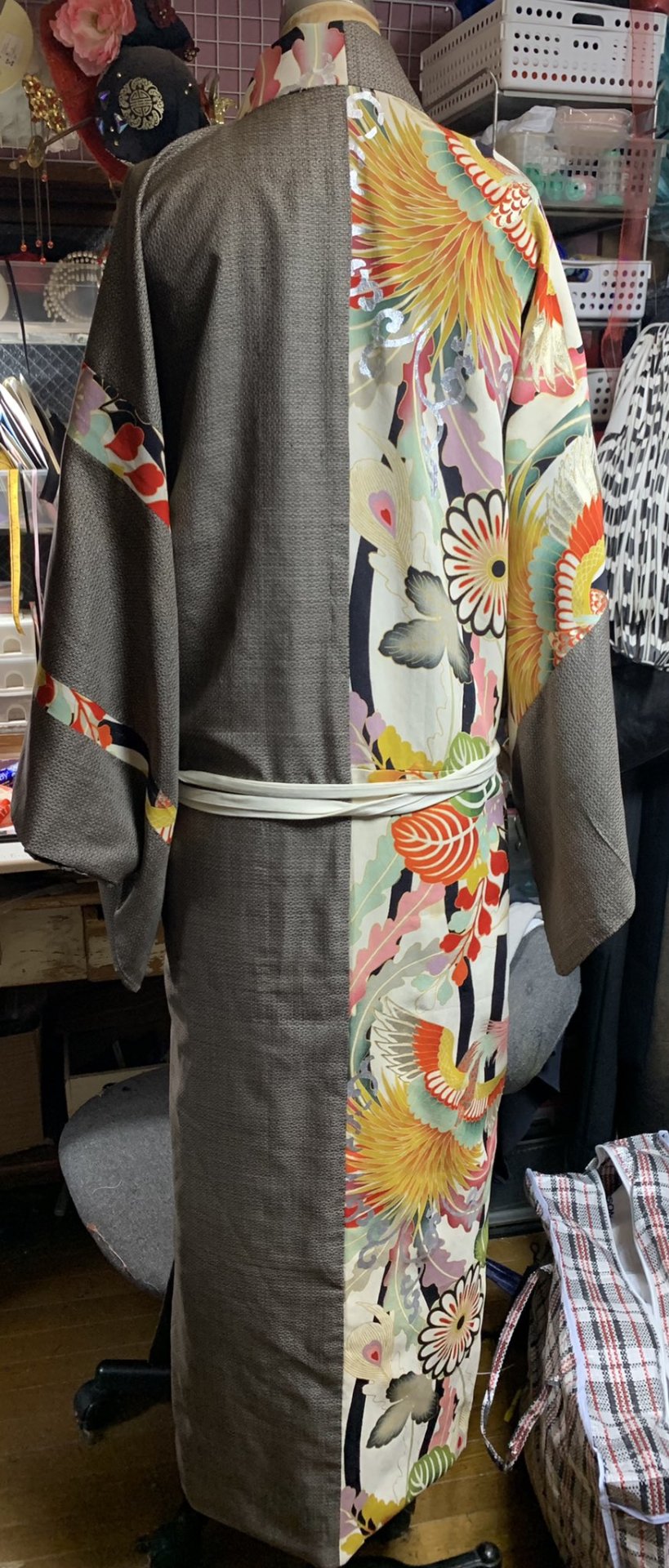
Man nagaki (ankle lenght kimono = men kimono) katamigawari style, retailored from an tsumugi kimono paired with a girl kimono.
In old Japan, katamigawari was a way to recycle fabrics and make new clothes when you didn’t have the full tanmono (kimono fabric roll) required. It became a true fashion statement in Late Azuchi Momoyama/early Edo periods.
I love those kind of sewing projects, and it makes me SO happy to see men kimono with bright and fun styles!
#japan#fashion#kimono#men kimono#katamigawari#nagaki#片身替わり#patchwork#sewing#diy#ressources#references#hossy#着物#帯
378 notes
·
View notes
Photo
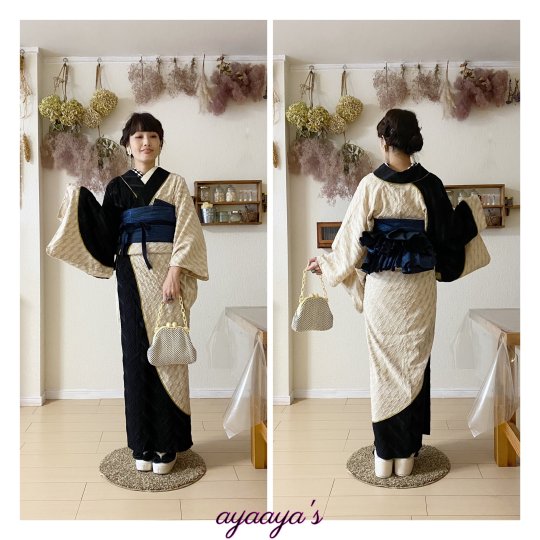
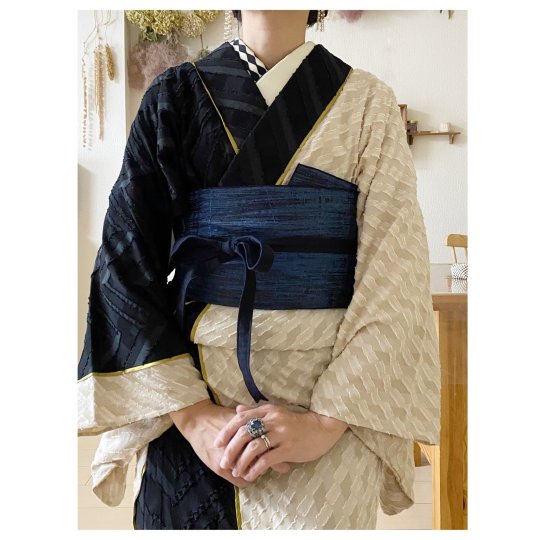
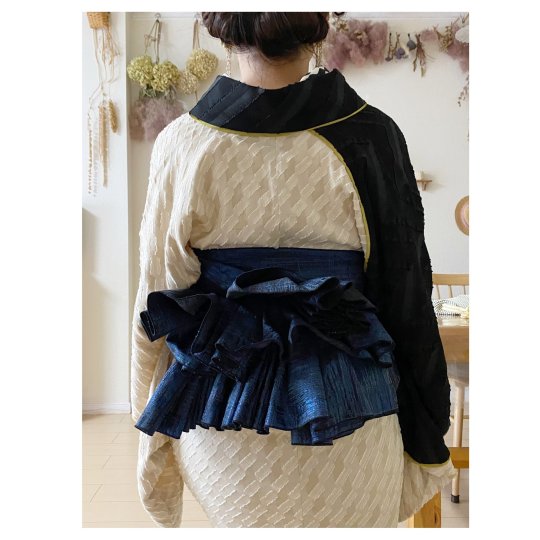
Lovely textured katamigawari style kimono, by Ayaaya
235 notes
·
View notes
Photo
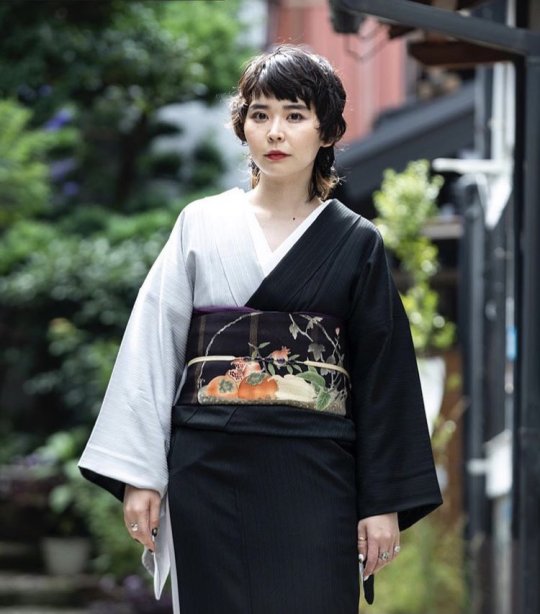
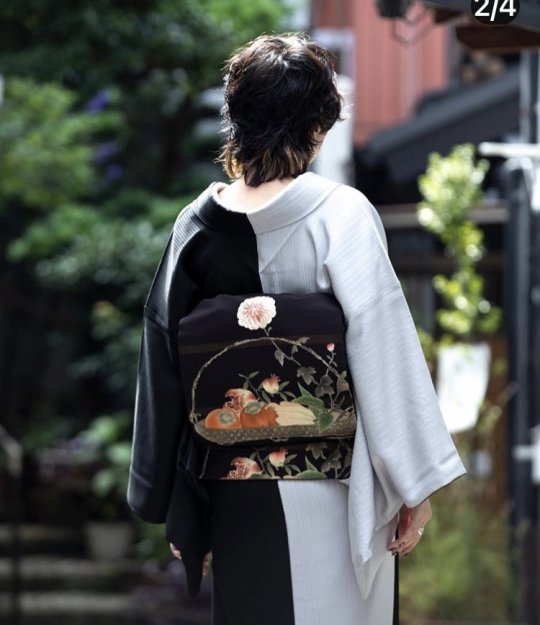
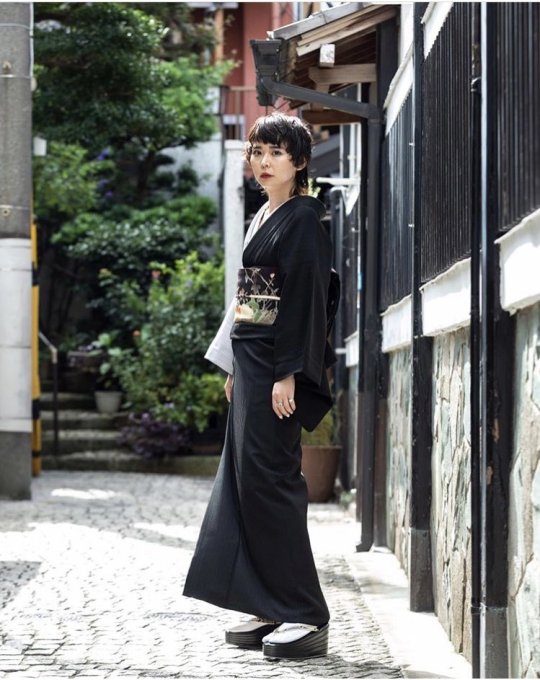
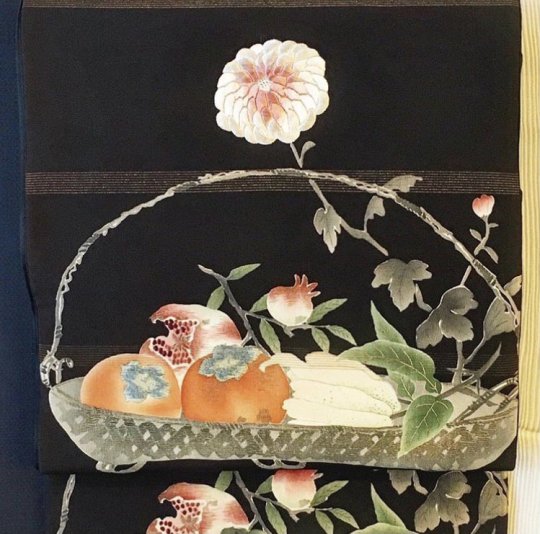
Sleek autumnal kimono outfit, pairing a chic katamigawari style kimono, with an antique obi depicting a basket with kaki (persimmon), zakuri (pomegranate), bushukan (Buddha's hand citrus), and kiku (chrysanthemum).
#japan#fashion#kimono#obi#autumn in japan#katamigawari#kaki#persimmon#zakuri#pomegranate#bushukan#Buddha's hand citrus#kiku#chrysanthemum#着物#帯
241 notes
·
View notes
Photo
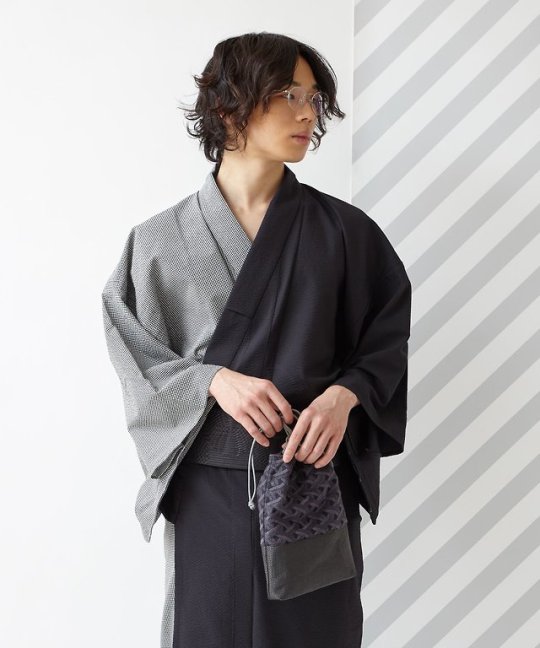
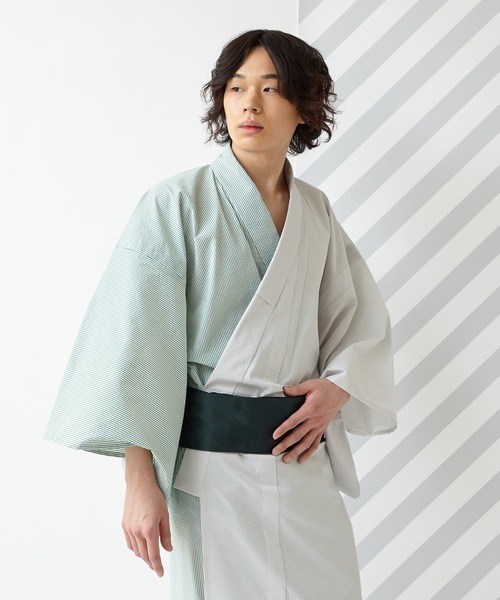
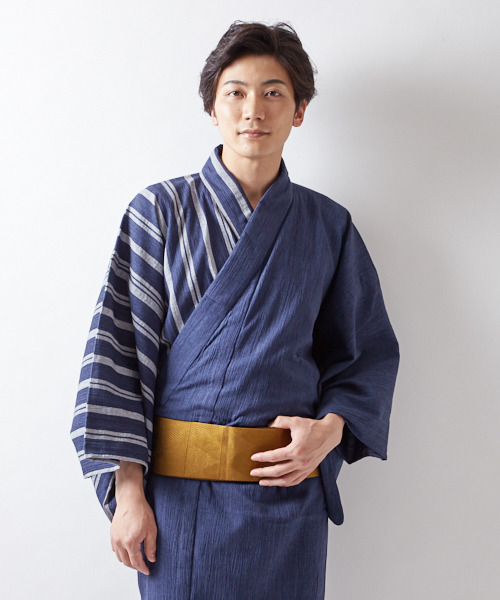
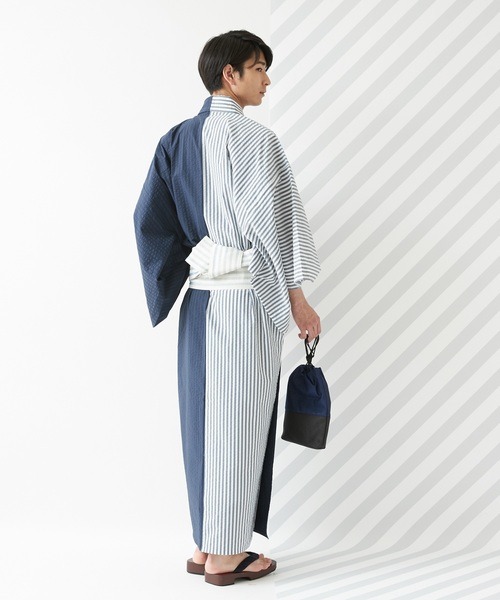
Furifu men yukata collection, showing nice exemples of katamigawari style.
In old Japan, katamigawari was a way to recycle fabrics and make new clothes when you didn’t have the full tanmono (kimono fabric roll) required. It became a true fashion statement in Late Azuchi Momoyama/early Edo periods.
(pictures: 1 / 2 )
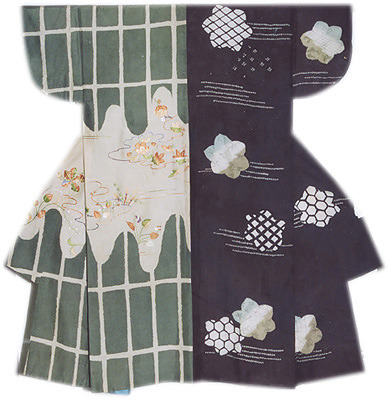
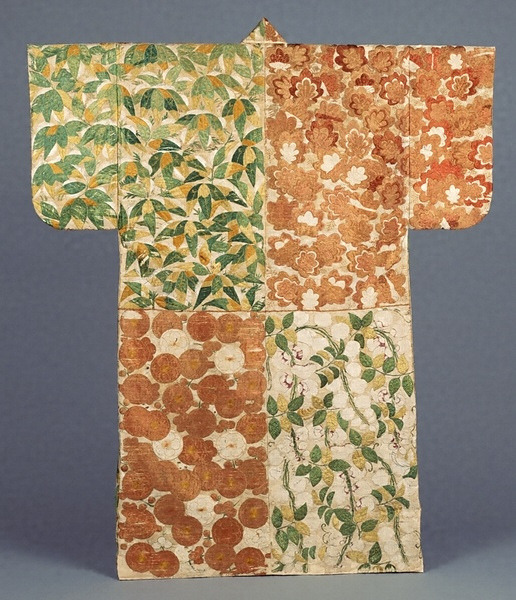
It looks amazing when worn and it’s one of my favourite kimono look!
#japan#fashion#kimono#men kimono#katamigawari#yukata#summer in japan#片身替わり#edo#azuchi momoyama#着物#帯#浴衣#patchwork
2K notes
·
View notes
Photo
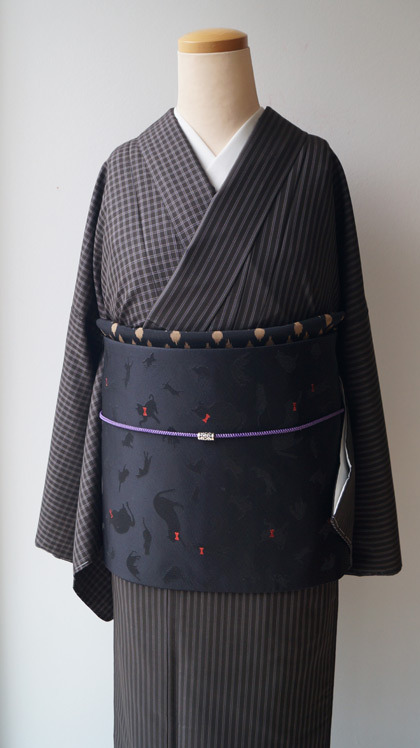
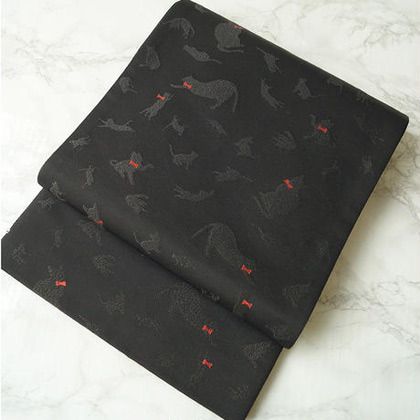
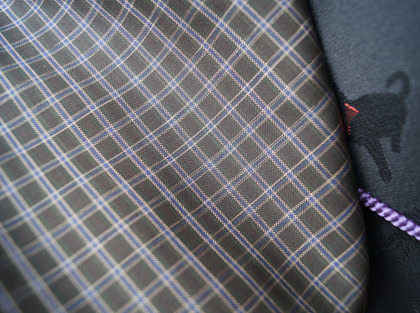
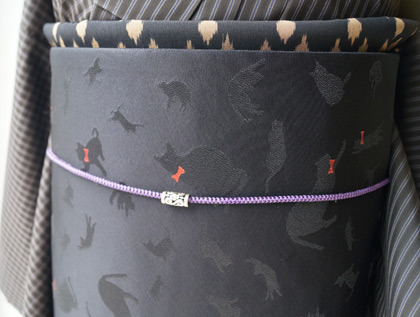
Sleek dark tones outfit playing with patterns to bring dynamism, thanks to its muted black cats obi, paired with a subtle katamigawari style kimono mixing stripes and checks.
(I have talked about patchwork/katamigawari before in this post)
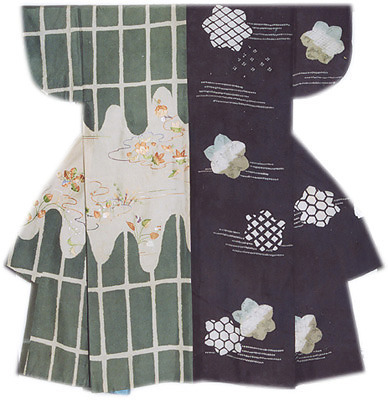
108 notes
·
View notes
